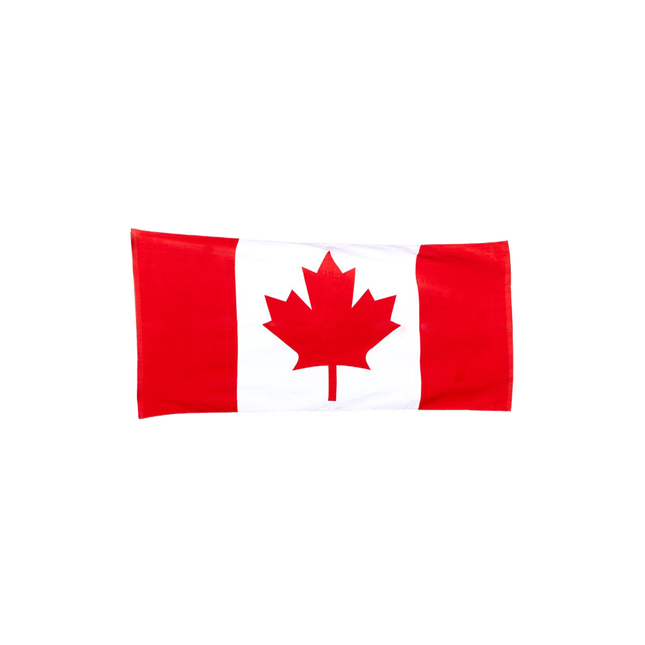Restorative Educational Services
We have listed some of the most popular topics that we have recently presented to our fellow healthcare professionals for you to choose from.
Restorative Educational Services
1
Overview of Reduced Ground Reaction Force Orthotics for Ambulatory Wound Care Patients
RHS has developed a new short course, designed to be presented over an hour long in-service or lunch. The course covers the fundamentals of the revolutionary new OWLS wound care bracing system. This education has been approved for 1 contact hour for PTs/PTAs and OTs/OTAs.
Biomechanics and Material/Design Overview of AFOs
The range of modern materials, from carbon fiber to leather to thermoplastics and others allow for AFO’s exhibit a wide spectrum of functional characteristics. In spite of the apparent simplicity of the orthoses, the factors governing their functional characteristics are exceedingly complex. This course provides the learner with a deeper understanding of the means of obtaining specific characteristics which will permit more accurate matching to the patient’s requirements.
2
3
Biomechanics and Material/Design Overview of KAFOs.
Session will review existing KAFO designs which can be grouped into passive KAFOs, stance control (SC) KAFOs, and dynamic KAFOs. The conventional passive KAFOs do not provide any active control for knee motions. SCKAFOs lock the knee joint during the stance phase and allow free rotations during the swing phase. Some SCKAFOs switch between the stance and swing phases using body posture, while others use some kind of a control system to perform this switch. Finally, dynamic KAFOs control the knee joint during both stance and swing phases. Each of these categories will be explored to provide an overview of patient types and conditions indicated for best KAFO results.
Biomechanics and Component Overview of Transtibial Prosthetics
The space-time parameters and angular variation present asymmetry between the limbs. The differences relate mainly to the duration of the stride, stance and balance, the stride length and the angular variation of the knee and ankle. Sample characteristics such as the physical activity level, the speed of movement and the prosthetic components (such as the foot) have a direct impact on movement and can increase or decrease the asymmetries. This course will provide an overview of various prosthetic designs and components for transtibial amputees in order to aid in reaching physical and occupational therapy goals.
4
5
Biomechanics and Component Overview of Transfemoral Prosthetics
Significant and controversial progress and change have taken place in transfemoral prosthetics. Clinical improvements and new materials and components will continue to be developed. The fundamental goals of comfort, function, and cosmesis are unchanged. Through the use of new materials, components, and designs, the transfemoral amputee can now achieve a higher activity level than was possible before. This course will provide an overview of available technologies, both traditional and emerging so the learner will have a deeper understanding of prosthetic management of the transfemoral amputee.
Microprocessor Prosthetic Component Overview
In this course, learners will be presented with an in-depth demonstration and evaluation of microprocessor prosthetics enabling the therapist to transfer this knowledge to evaluate their patient’s potential ability to use the latest microprocessor technology.



